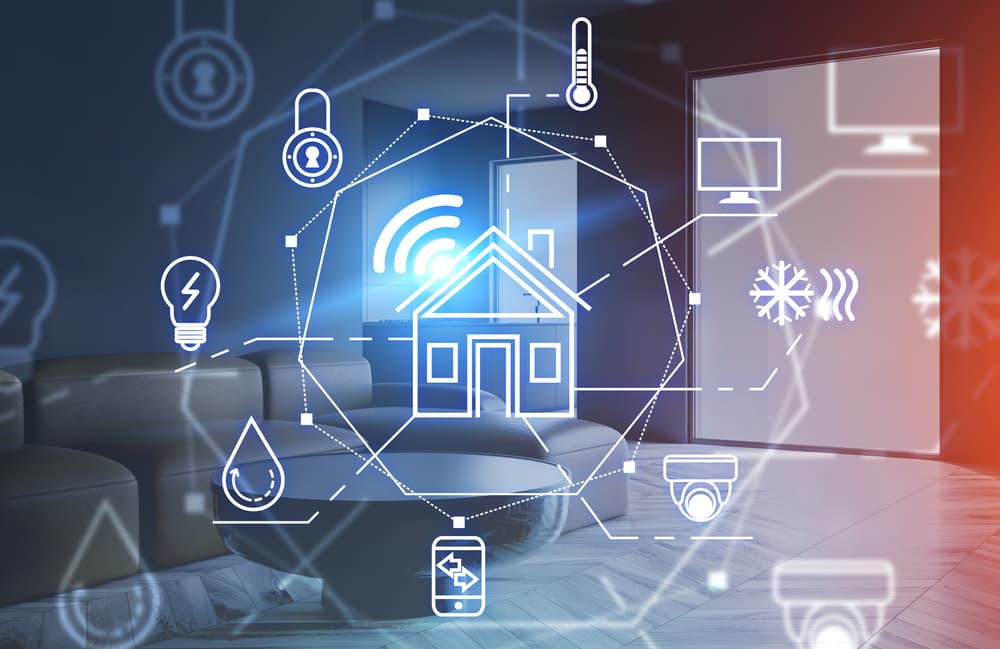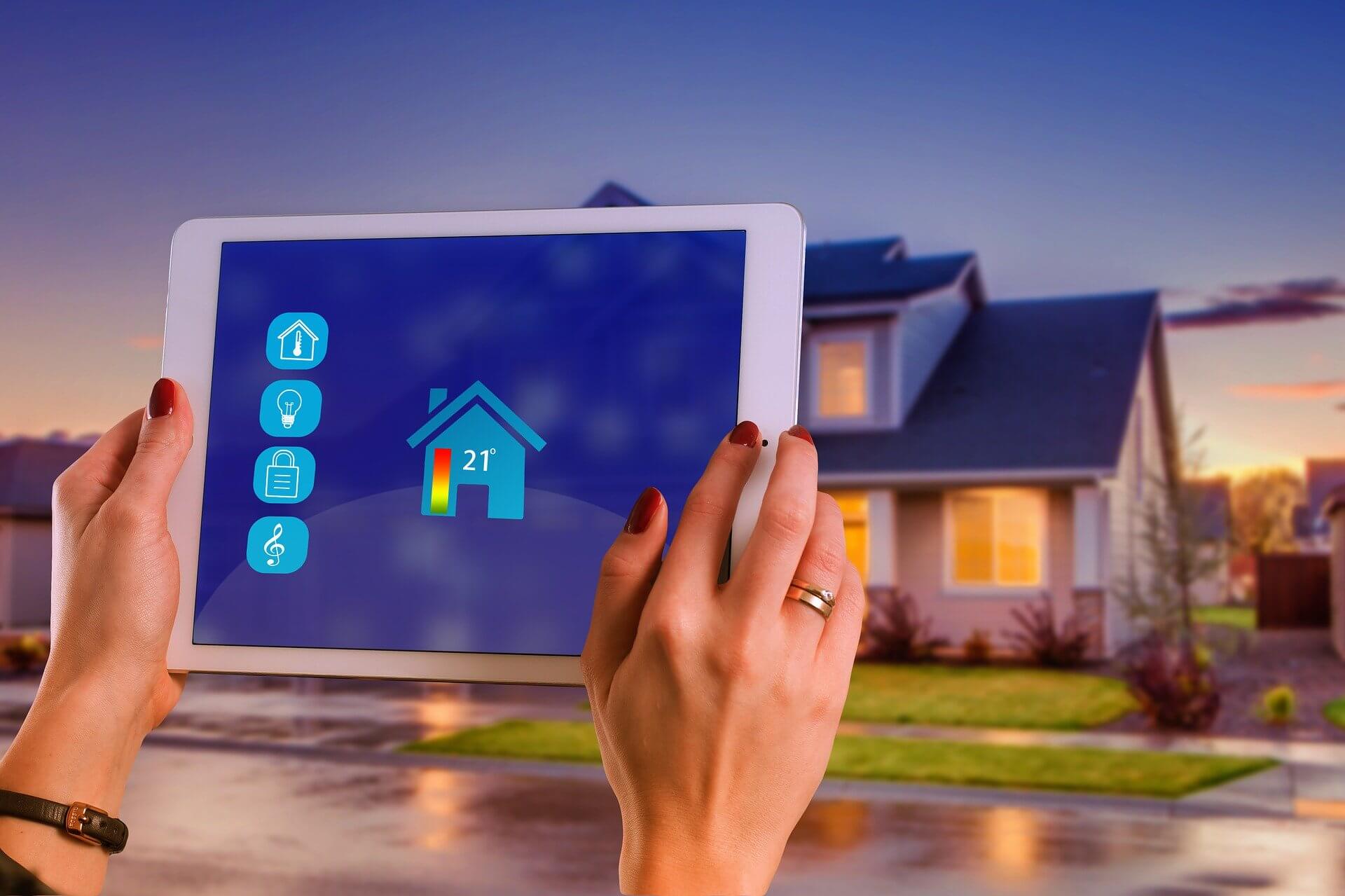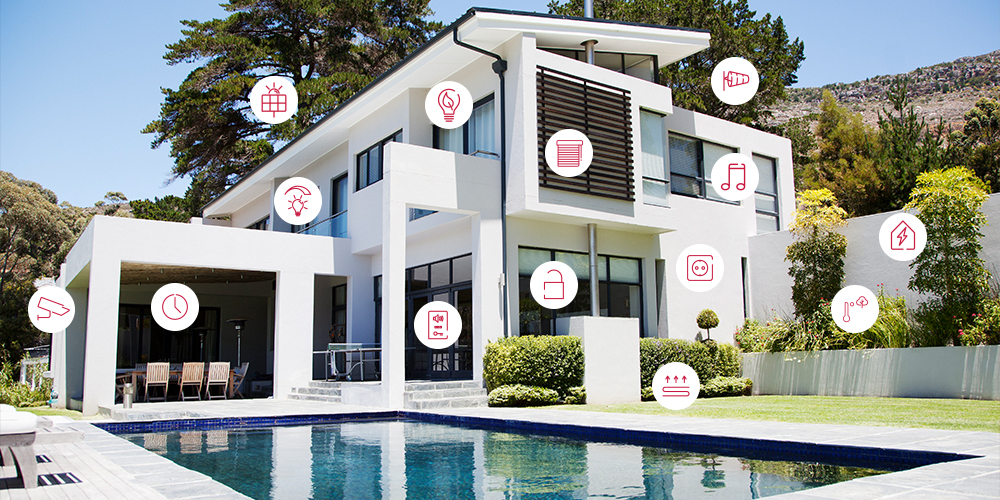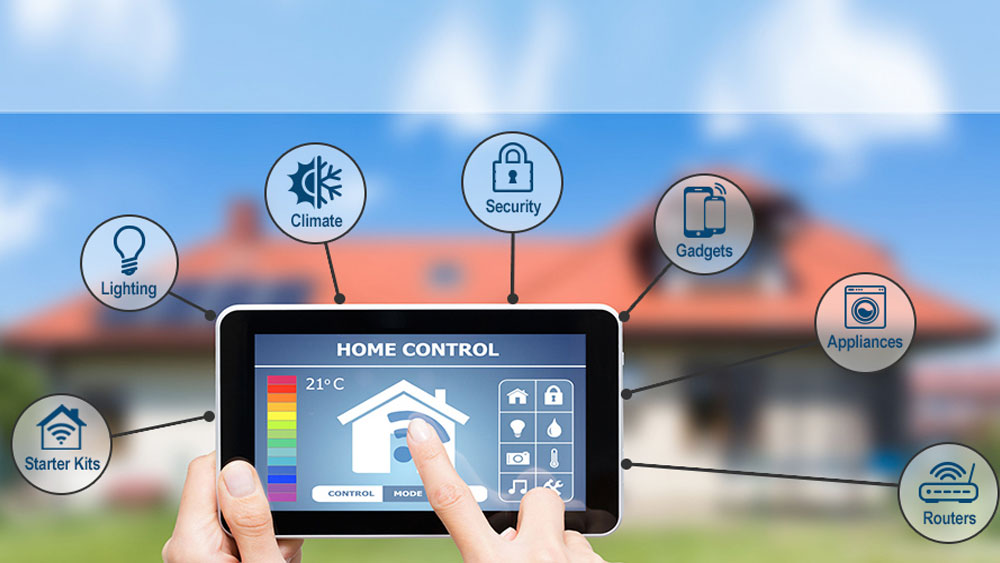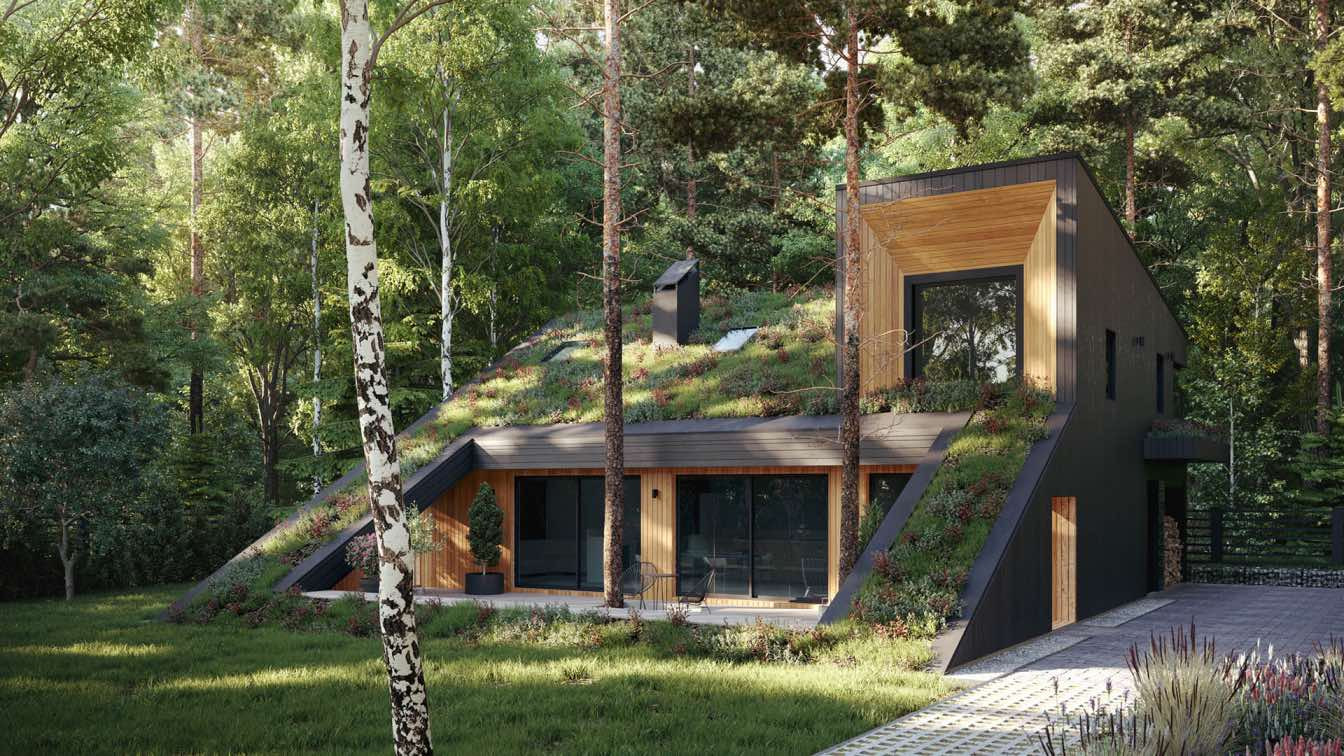
How to Turn Your House Into a Smart Home With Simple Affordable Upgrades
Table of Contents:
- Introduction to Smart Homes
- Why Upgrade to a Smart Home?
- Affordable Smart Home Devices You Can Start With
- Setting Up Smart Lighting for Convenience and Efficiency
- Smart Thermostats: Save Energy and Money
- Smart Security Systems: Protect Your Home
- Voice Assistants: The Heart of Home Automation
- Automating Your Home with Smart Plugs and Switches
- Adding Smart Entertainment to Your Home
- Smart Appliances for an Efficient Kitchen
- The Future of Smart Homes: Trends to Watch
- How to Choose the Right Smart Devices for Your Home
- Budgeting for Smart Home Upgrades
- Troubleshooting Common Smart Home Issues
- Final Thoughts on Creating a Smart Home
1. Introduction to Smart Homes
The concept of a smart home has evolved rapidly in recent years. Once considered a luxury reserved for tech enthusiasts, turning your house into a smart home is now an achievable goal for homeowners on a budget. With advancements in technology and the growing availability of affordable smart devices, it’s easier than ever to upgrade your home’s functionality.
A smart home allows you to control various devices and systems remotely, often through your smartphone or voice commands. From controlling your lights to adjusting your thermostat, these devices work together to enhance your home’s convenience, security, and energy efficiency.
2. Why Upgrade to a Smart Home?
Upgrading to a smart home is no longer just about convenience; it’s also about efficiency, security, and sustainability. Here are a few reasons why many homeowners are making the switch to smart technology:
- Energy Efficiency: Smart thermostats and lighting systems help reduce energy consumption, saving you money on your utility bills.
- Enhanced Security: With smart cameras and doorbell systems, you can monitor your home in real-time from anywhere, providing added peace of mind.
- Convenience: Automate daily tasks like adjusting lights, locks, and temperature without lifting a finger.
- Increased Home Value: Many potential buyers see a smart home as a modern, attractive feature when looking for new homes.
3. Affordable Smart Home Devices You Can Start With
There are several budget-friendly smart devices that can significantly upgrade your home without breaking the bank. Here are some of the best options to consider for your first smart home upgrades:
- Smart Bulbs: LED smart bulbs are affordable and easy to install. They can be controlled via smartphone apps or voice commands, allowing you to adjust brightness and color temperature.
- Smart Plugs: These plugs can turn regular appliances into smart devices by allowing you to control them remotely.
- Smart Thermostats: Devices like the Google Nest or ecobee can be found at reasonable prices, offering a great return on investment by saving energy.
4. Setting Up Smart Lighting for Convenience and Efficiency
Smart lighting is one of the easiest and most affordable ways to begin your smart home journey. These systems allow you to control your lights from your smartphone or through voice assistants like Amazon Alexa or Google Assistant.
Key Benefits:
- Energy Savings: Smart bulbs use significantly less energy than traditional incandescent bulbs.
- Convenience: Schedule your lights to turn on/off automatically or control them remotely when you’re away.
- Customization: Change the color and brightness to suit different moods or activities.
Recommended Smart Lighting Brands:
- Philips Hue
- LIFX
- Wyze Bulb
5. Smart Thermostats: Save Energy and Money
A smart thermostat is a cost-effective way to increase energy efficiency in your home. By learning your heating and cooling preferences, a smart thermostat can automatically adjust the temperature to optimize comfort and energy usage.
Key Benefits:
- Energy Efficiency: Smart thermostats can save up to 20% on heating and cooling costs by optimizing usage based on your schedule.
- Remote Control: Adjust your home’s temperature from anywhere using a mobile app.
- Learning Features: Devices like the Google Nest learn your preferences over time and adjust automatically.
Recommended Smart Thermostats:
- Google Nest Learning Thermostat
- ecobee SmartThermostat
- Honeywell Home T9 Smart Thermostat
6. Smart Security Systems: Protect Your Home
Smart security systems provide peace of mind by enabling you to monitor your home from anywhere in the world. These systems often include smart cameras, doorbells, and sensors that alert you to any unusual activity.
Key Benefits:
- Remote Monitoring: Watch live video feeds and receive alerts on your phone.
- Integration with Other Devices: Many systems can be integrated with lights and alarms for added protection.
- Customizable Alerts: Set up alerts for movement, opening doors, or windows, and even package deliveries.
Recommended Smart Security Brands:
- Ring Video Doorbell
- Arlo Pro 4
- SimpliSafe Security System
7. Voice Assistants: The Heart of Home Automation
Voice assistants like Amazon Alexa, Google Assistant, and Apple Siri are central to home automation. They serve as the command center for your smart home, allowing you to control devices, set timers, and ask questions without lifting a finger.
Key Benefits:
- Hands-Free Control: Control your lights, locks, and thermostat with simple voice commands.
- Home Automation Routines: Set routines that control multiple devices at once, such as turning off lights and adjusting the thermostat when you leave the house.
- Compatibility: Most smart home devices are compatible with popular voice assistants.
Recommended Voice Assistants:
- Amazon Echo
- Google Nest Hub
- Apple HomePod
8. Automating Your Home with Smart Plugs and Switches
Smart plugs and switches are one of the easiest ways to add automation to your home. These devices turn ordinary appliances into smart ones, allowing you to control them remotely or schedule them to turn on/off automatically.
Key Benefits:
- Turn Off Standby Power: Save energy by turning off appliances that draw power when not in use.
- Control Appliances Remotely: Turn on lights, fans, or coffee machines before you get home.
- Affordable and Easy to Install: Smart plugs are inexpensive and easy to set up without any professional help.
Recommended Smart Plug Brands:
- TP-Link Kasa Smart Plug
- Wemo Mini Smart Plug
- Gosund Smart Plug
9. Adding Smart Entertainment to Your Home
Upgrade your home entertainment system with smart devices like smart TVs, streaming sticks, and sound systems. These devices allow you to access content easily and control everything from one central app.
Key Benefits:
- Ease of Use: Stream your favorite shows and movies through apps like Netflix, Hulu, or Disney+.
- Voice Control: Use voice assistants to control the TV or sound system.
- Integration: Smart TVs can be integrated with your other smart home devices, like lighting and security.
Recommended Smart Entertainment Devices:
- Roku Streaming Stick
- Amazon Fire TV Stick
- Sonos Soundbar
10. Smart Appliances for an Efficient Kitchen
Smart appliances in the kitchen can significantly enhance your daily routine by offering features like remote control, voice activation, and energy-saving settings.
Key Benefits:
- Convenience: Start cooking dinner or preheat the oven from your phone.
- Energy Efficiency: Smart refrigerators and dishwashers can optimize energy use and reduce waste.
- Remote Monitoring: Monitor your kitchen appliances while you’re away from home.
Recommended Smart Kitchen Appliances:
- Samsung Smart Fridge
- June Oven
- Instant Pot Smart Wi-Fi
SEO Tags (20+):
smart home, affordable smart home upgrades, best smart home devices 2025, smart lighting, smart thermostat, smart home security, voice assistants, smart plugs, smart home automation, energy saving smart home devices, smart entertainment, budget smart home solutions, smart appliances, Google Nest thermostat, smart home devices for beginners, smart home for energy efficiency, home automation systems, best voice assistants for home, DIY smart home upgrades, smart home technology trends, how to turn your house into a smart home, home automation hacks, smart home setup ideas, remote home monitoring, smart thermostats for energy saving, smart security systems.
Final Thoughts on Creating a Smart Home
Transforming your house into a smart home doesn’t have to be expensive or complex. With the right smart devices and a little planning, you can enjoy the benefits of automation, energy efficiency, and enhanced security. By focusing on affordable upgrades and starting small, you can gradually build a fully connected home that fits your budget and lifestyle.
